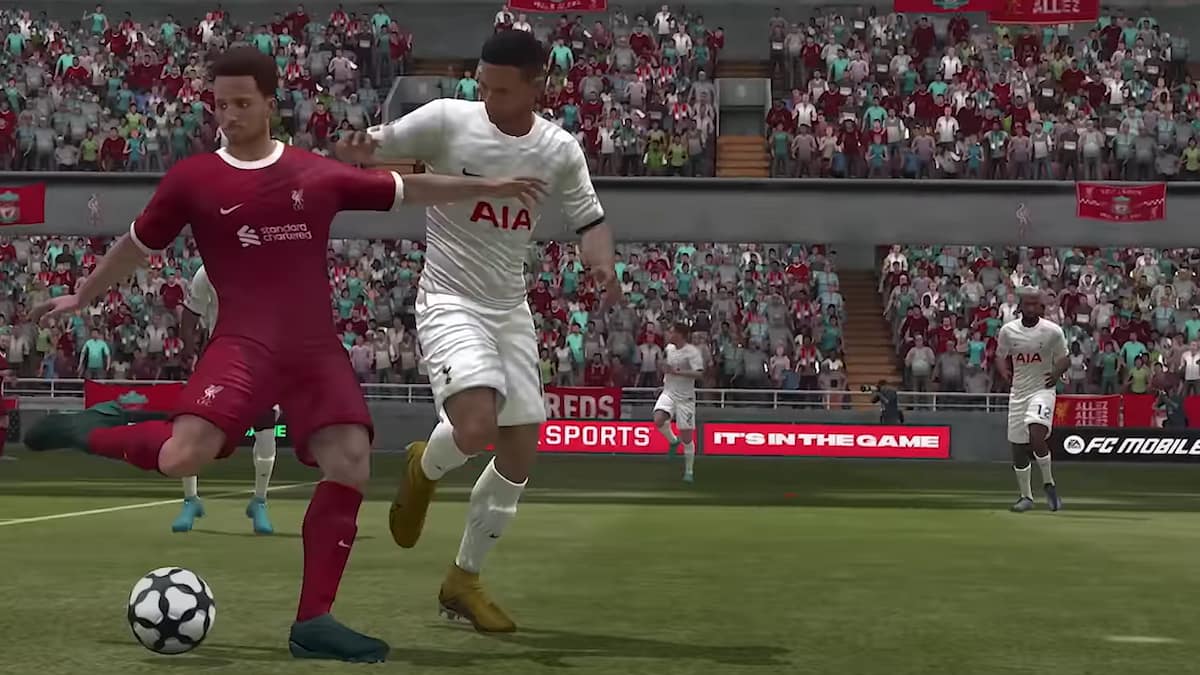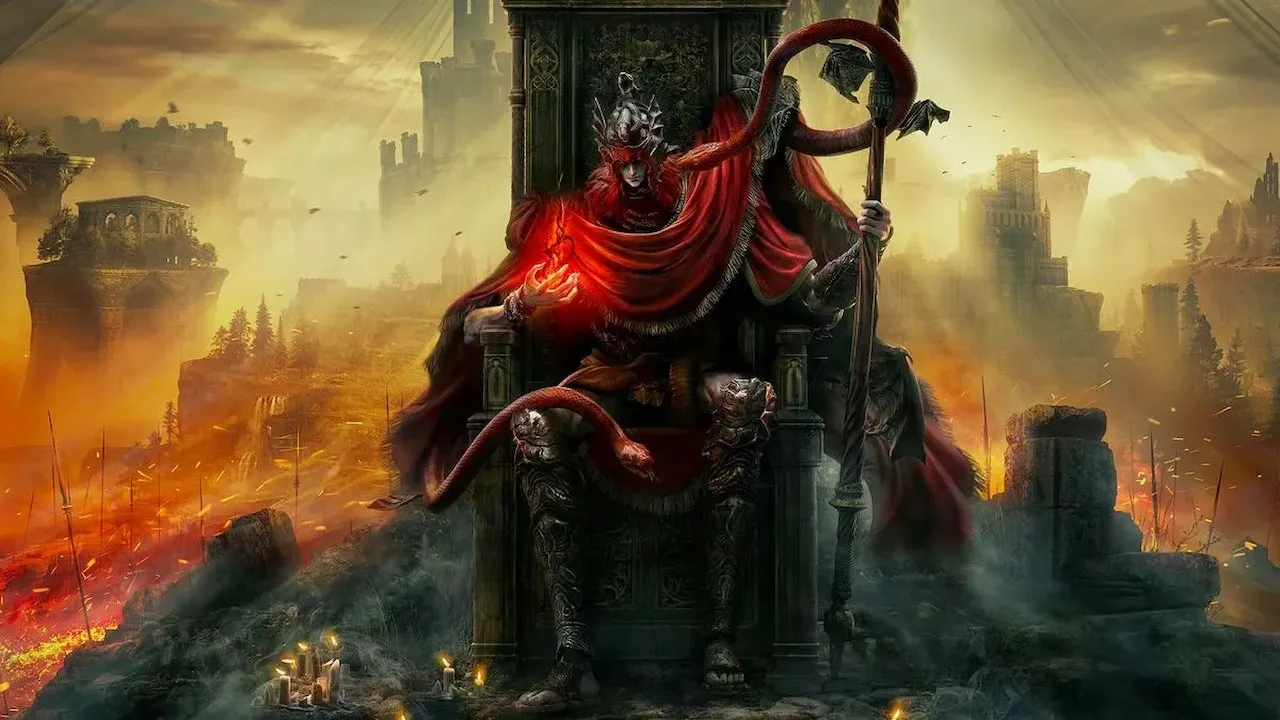One of the most important questions you’ll have in Pathfinder: Wrath of the Righteous is: “Which class should I pick for my main character?” Indeed, you’ll probably play for a few hours, change your mind, and restart from scratch to choose something else. Here’s our Pathfinder: Wrath of the Righteous guide to help you choose the best class for your main character, as well as the archetypes or subclasses.
Pathfinder: Wrath of the Righteous – Class guide — The best class options for your main character
Technically, all classes in Pathfinder: Wrath of the Righteous can function well enough, but some are better suited for certain roles, player capabilities, and team compositions. It’s also why you’ll want to look at the companions you’ll recruit throughout the campaign as the first five you’ll get — Seelah, Camellia, Lann (or Wenduag), Woljif, and Ember — will determine how effective your party would be, as well as your character class’ place in it.
Of course, another factor to consider is your experience when it comes to CRPGs and tabletop RPGs:
- As a newcomer, you’re better off trying classes with a difficulty rating of 1 (seen when you click on a particular class’ description). These options are more straightforward and can be used with relative ease. Several melee classes can be considered beginner-friendly.
- Conversely, there are those that can be considered absolute nightmares if you’re just trying out the game. Most casters fall under this category. It’s not just because you need to take note of spell levels and how many times they can be cast per day. It’s also because you’ll need to look at additional means of boosting your spell school and the elemental resistances of enemies.
- There are hybrid and ranged classes that offer a healthy middle ground. The only exception is the Kineticist which, alongside the Magus, is the only class option with a difficulty rating of 5.
 Screenshot: PC Invasion
Screenshot: PC InvasionBear in mind that Pathfinder: Wrath of the Righteous allows you to multiclass or select perks from different classes whenever you level up. As such, even if you started out as a Monk at level 1, you could pick something from, say, the Inquisitor class at level 2. The abilities, perks, feats, spells, and skills you obtain are based on how each class would progress at their level. Likewise, you can retrain/respec your characters to fine-tune their capabilities.
Best melee classes in Pathfinder: Wrath of the Righteous
Here are some recommendations for melee and tanking classes in Pathfinder: Wrath of the Righteous.
Barbarian or Fighter
These two classes in Pathfinder: Wrath of the Righteous are very straightforward. The former uses the Rage mechanic to empower its attacks. The latter, meanwhile, can also try out ranged combat in addition to melee.
For Barbarians, you can go with the default option, the Mad Dog archetype/subclass (grants an animal companion), or the Instinctual Warrior archetype/subclass.
For Fighters, there are archetypes that add proficiencies or weapon boosts like Aldori Defender (dueling swords), Tower Shield Specialist, and Two-Handed Fighter. A more unique subclass, though, is the Mutation Warrior which can obtain mutagens akin to an Alchemist.
 Screenshot: PC Invasion
Screenshot: PC InvasionPaladin
 Screenshot: PC Invasion
Screenshot: PC InvasionWhile not as straightforward as the two recommendations above, the Paladin class in Pathfinder: Wrath of the Righteous can be very useful throughout the campaign. This is primarily due to the types of enemies you’d encounter (i.e., undead and those with the evil alignment). You’ll be smiting all day just because you can. Oh, and it goes without saying that you’ll want to follow lawful and good ideals here, probably picking up the Angel Mythic Path later.
For the archetypes or subclasses, you could opt for the Divine Guardian (defense-oriented) or Martyr (offense-oriented). The Divine Hunter is another archetype option, but it’s a bit weird (a Paladin that focuses on ranged combat).
Another option for divine-focused classes is the Cleric – Crusader. While it’s true that the Cleric class, in general, tends to stay at the back to channel spells, the Crusader subclass focuses on STR, too, so that it can fight in the frontlines.
Slayer
 Screenshot: PC Invasion
Screenshot: PC InvasionThe Rogue tends to be the sneaky class in most RPGs. But, the Slayer in Pathfinder: Wrath of the Righteous tends to be okay as well thanks to the Sneak Attack action. Also, similar to the Paladin, it’s got certain bonuses versus specific types of enemies. In the Slayer’s case, you’ll want the Spawn Slayer subclass. Studied Spawn options (Large, Huge, Gargantuan, and Colossal) are amazing since you’ll find yourself battling bigger foes anyway (i.e., beasts, demons, and other monstrous creatures).
Best ranged classes in Pathfinder: Wrath of the Righteous
Here are some recommendations for range combat-focused classes in Pathfinder: Wrath of the Righteous.
Ranger – Demonslayer
 Screenshot: PC Invasion
Screenshot: PC InvasionThe campaign of Pathfinder: Wrath of the Righteous pits you against the demonic denizens of hell. Naturally, you’ll want to pick a class that has boosts against these types of enemies.
It’s worth adding that demons in the game have their own variants and elemental resistances, so you want to make sure that your party has the tools to bring them down.
Monk – Zen Archer
 Screenshot: PC Invasion
Screenshot: PC InvasionYes, this is the starting class used by your companion Lann. However, in a straight-up evaluation of progression, it’s still got decent perks, along with feats that help with survivability (similar to other Monk options). Perhaps the only downside here is that you are playing the same way as another ranged companion. Either you’d multiclass with your main character later, or you’ll have Lann switch instead. Once you recruit Arueshalae later, your backline combatants become even more formidable.
Kineticist – Default or Psychokineticist
 Screenshot: PC Invasion
Screenshot: PC InvasionThe reason why Kineticists have such a high difficulty curve compared to other classes is that they use the Burn mechanic. Burn basically uses your WIS (Psychokineticist) or CON (default and all other archetypes) to modify or empower your Wild Talents. The problem? You’ll take HP or Will damage when you do this. This is a balancing act most of the time since this damage can only be healed when you rest.
On the upside, you can think of Kineticists as “spellcasters who aren’t spellcasters.” Compared to actual caster classes who have a limit to their daily usage of spells, Kineticists have near-unlimited use for their blasts.
Best support and caster classes in Pathfinder: Wrath of the Righteous
Here are some recommendations for support and caster classes in Pathfinder: Wrath of the Righteous. To be clear, though, most options here are for more experienced players (barring a few exceptions). Caster classes need to consider a limit to the spells they can use each day, preparing magic they’d like to have in their spellbook, a somewhat lengthy casting time, and elemental damage/resistances.
Cleric
 Screenshot: PC Invasion
Screenshot: PC InvasionThink of the Cleric as a multipurpose priest. You’ve got healing spells, buffing spells, domain perks based on your chosen deity, and more. Ideally, you’ll want to stay at the backline to buff your allies or channel spells.
The Cleric uses WIS as a primary stat. It’s also considered a Divine Caster, meaning it will receive all applicable spells when the class levels up. This is different from an Arcane Caster that needs to select a number of spells when leveling up.
Another option is the Oracle class (which uses CHA). However, Oracles tend to have a curse at the start (which provides a blessing and a detriment). The detrimental aspect is more pronounced at lower levels. As you progress, though, the curse will eventually be weakened until you only have the benefits remaining.
Alchemist – Grenadier
 Screenshot: PC Invasion
Screenshot: PC InvasionAlchemists play a support role in your squad. Several archetype and subclass options allow you to brew potions to boost the capabilities of your allies.
As for the Grenadier, well, as the name implies, you’re going to be making a lot of bombs to make your opponents go boom! Another good pick is the Vivisectionist with its Sneak Attack ability. Background information about this archetype suggests that this is nifty for those who like to role-play as an evil character.
Bard or Skald

Bards and Skalds aren’t what you’d consider traditional spellcasters like Wizards and Sorcerers. But, they still have a support role due to songs that buff your entire party. Having said that, they can also function as frontline combatants akin to the Cleric (when built properly, of course). Heck, even the Skald uses the Barbarian’s Rage mechanic to grant buffs to allies.
For the Bard, I’m a bit partial to the Beast Tamer since it’s got animal summons. However, you’re better off with the Dirge Bard because of its perks that can counter the undead, necromancy, and fear.
If you went with the Skald, then the Demon Dancer adds flavor (pun intended) thanks to Fiendish Maw. You’ll inspire your party to the point where everyone gains a free bite attack. It’s actually fun if you plan to RP as a bunch of crazed demon worshippers.
Sorcerer

Whereas most caster classes in Pathfinder: Wrath of the Righteous use INT as a main stat, most Sorcerers use CHA (which means they’re okay if your main character is the “face” of the party). Also, the class can cast spontaneously, meaning you don’t need to prep spells in your spellbook. The downside is that your spellbook is rather limited.
Another key feature is that Sorcerers use Bloodlines. These grant additional abilities, feats, and buffs that can be selected as you level up.
For archetype and subclass picks, here are some unique or decent ones:
- Empyreal Sorcerer – This uses WIS as a main stat.
- Sage Sorcerer – Uses INT as a main stat.
- Crossblooded – Allows you to select two bloodlines. The second bloodline only gives you the bonus class skill and bonus spells.
- Sylvan Sorcerer – It’s got an animal companion! Woohoo!
Speaking of Bloodlines, there’s another class that uses the feature. It’s called the Bloodrager, and it fulfills a melee combatant role due to emphasis on STR and CON.
Since I mentioned Sylvan Sorcerers having animal companions, you can also take a look at our mounts, animal companions, summons, and familiars guide for the other classes and archetypes that make the most out of furry, scaly, and ethereal critters.
PC Invasion is supported by our audience. When you purchase through links on our site, we may earn a small affiliate commission. Learn more about our Affiliate Policy

 1 week ago
41
1 week ago
41







